Measuring and understanding how your business has performed over the past 12 months is important for anyone that wants to succeed, and farmers are no different.
Although they are more open to seasonal fluctuations such as the weather, it is still a necessary task to complete to progress your business.
Benchmarking is not about telling you how bad you have done, but identifying areas that can be improved in the future.
Once completed annually, it can be very rewarding to be able to measure and quantify progress, even in a bad year, and give you the moral boost necessary to kick on with your business once again in the coming year.
Each of the six focus farms are currently being benchmarked for the third time.
The first was a baseline at the start of the project, and again at the end of year one and year two. The results will be reported here in late February.
Benchmarking the business
So which benchmarks actually matter for a livestock business to thrive?
Firstly, the enterprises have to make money. In order to determine this, preparing a gross margin is a good place to start. This gives the ability to benchmark individual enterprises within the business, accounting for the direct costs that they carry.
For example, with a spring-calving suckler herd, these costs would be feed and minerals, bedding, veterinary and other livestock expenses – such things as tags, fallen stock collection, mart commission and abattoir charges. With areas such as veterinary and other livestock expenses, they can simply be extracted from the annual accounts.
If there is more than one livestock enterprise on-farm, it will be necessary to spread these across, if they are not already split up. The simplest method of doing this is to split it up on the basis of the output of each enterprise. For example, if cattle account for 75% of the livestock output and sheep 25%, these can be used as the proportions.
Table 1 is a template for preparing a gross margin.
The first step is to calculate the output. Firstly, take all enterprise sales for the period and enter them.
As not all of one calf or lamb crop may be sold at the point of doing the exercise, value out those prime, store and cull stock that are still on-farm.
However, do not account for retained breeding stock (heifers/ewe lambs) at this point.
The sales are broken down into groupings to allow you to see how the sales are made up.
Next add in any headage payments received, such as the Scottish Suckler Beef Support Scheme or the Scottish Upland Sheep Support System.
Finally, subtract all of the replacement costs, including a value for any retained breeding stock. This gives the total output of the business.
As can be seen in the table, there is a column to break all of the totals down to a per head basis.
This makes a more meaningful comparison. Once the output is derived, the next stage is to take away the variable costs.
Purchased feed costs and minerals are a simple task to add to the sheet. However, homegrown is more difficult.
One method is to work back from the daily diets to the total, another to use the average yield of crop, less any sold.
All feed costs are worked out without the fixed costs added.
Fixed costs consist of such items as contractors and machinery depreciation and repairs.
The silage costs are the fertiliser costs and an annual charge for lime and reseeding.
Bedding is simply the cost of the straw in the field if homegrown, or the total purchase cost of the straw.
Finally comes grazing and forage crops. The costs for these are entered much like the silage: fertiliser, seed, chemicals and lime allocations.
This is all added together to give the total variable cost per head, which is taken away from the output figure to give the gross margin per head.
Targets
This exercise serves no purpose without targets to aim for. In the case of the six focus farmers, the project is aiming to achieve a gross margin of £750/suckler cow and £100/upland ewe (£60/hill ewe).
Comparisons
Working out the stocking rate of each enterprise then allows further comparisons to be made, such as whether the cattle or the sheep are more profitable, while also allowing the livestock enterprises to be compared with arable.
Often arable is seen as being far more profitable and yet we have seen on a number of occasions that the livestock outshine the arable by some margin.
The final stage of benchmarking is to look further within the enterprise to see how it is performing technically.
Often the exercise of calculating the gross margin will demonstrate where the business needs to work on.
For instance, if variable costs are in control, then it is perhaps output that requires work. Is this down to poor rearing percentages? Low sale weights? Low sale prices? Digging a little further can often expose the challenges.
Other benchmarks for cattle
Herd calving interval. This is the number of days it takes a cow from having one calf to the next. The FPP target is a 365 day interval. Liveweight weaned per cow per year. This is the total weight of calves weaned at 200 days divided by the number of cows to the bull. The FPP target is 300kg. This exposes the weaning rate and the weaning weight in one simple calculationEmpty rate. This is the number of cows that did not calve in the season divided by the number of cows that went to the bull. This exposes the herd fertility. The FPP target is <10%.Other benchmarks for sheep
Kilogrammes of lamb weaned per ewe. Ideally, we want a ewe to wean her own bodyweight of 100-day-old lambs. This is the FPP target.Lambs weaned per ewe. Scanning is a great tool to plan feeding and lambing logistics. However, while a good scanning rate is a good starting point, we need that to transfer to live lambs. The FPP target is to wean 150%.Empty rate. This is the exact same as the cattle.
Measuring and understanding how your business has performed over the past 12 months is important for anyone that wants to succeed, and farmers are no different.
Although they are more open to seasonal fluctuations such as the weather, it is still a necessary task to complete to progress your business.
Benchmarking is not about telling you how bad you have done, but identifying areas that can be improved in the future.
Once completed annually, it can be very rewarding to be able to measure and quantify progress, even in a bad year, and give you the moral boost necessary to kick on with your business once again in the coming year.
Each of the six focus farms are currently being benchmarked for the third time.
The first was a baseline at the start of the project, and again at the end of year one and year two. The results will be reported here in late February.
Benchmarking the business
So which benchmarks actually matter for a livestock business to thrive?
Firstly, the enterprises have to make money. In order to determine this, preparing a gross margin is a good place to start. This gives the ability to benchmark individual enterprises within the business, accounting for the direct costs that they carry.
For example, with a spring-calving suckler herd, these costs would be feed and minerals, bedding, veterinary and other livestock expenses – such things as tags, fallen stock collection, mart commission and abattoir charges. With areas such as veterinary and other livestock expenses, they can simply be extracted from the annual accounts.
If there is more than one livestock enterprise on-farm, it will be necessary to spread these across, if they are not already split up. The simplest method of doing this is to split it up on the basis of the output of each enterprise. For example, if cattle account for 75% of the livestock output and sheep 25%, these can be used as the proportions.
Table 1 is a template for preparing a gross margin.
The first step is to calculate the output. Firstly, take all enterprise sales for the period and enter them.
As not all of one calf or lamb crop may be sold at the point of doing the exercise, value out those prime, store and cull stock that are still on-farm.
However, do not account for retained breeding stock (heifers/ewe lambs) at this point.
The sales are broken down into groupings to allow you to see how the sales are made up.
Next add in any headage payments received, such as the Scottish Suckler Beef Support Scheme or the Scottish Upland Sheep Support System.
Finally, subtract all of the replacement costs, including a value for any retained breeding stock. This gives the total output of the business.
As can be seen in the table, there is a column to break all of the totals down to a per head basis.
This makes a more meaningful comparison. Once the output is derived, the next stage is to take away the variable costs.
Purchased feed costs and minerals are a simple task to add to the sheet. However, homegrown is more difficult.
One method is to work back from the daily diets to the total, another to use the average yield of crop, less any sold.
All feed costs are worked out without the fixed costs added.
Fixed costs consist of such items as contractors and machinery depreciation and repairs.
The silage costs are the fertiliser costs and an annual charge for lime and reseeding.
Bedding is simply the cost of the straw in the field if homegrown, or the total purchase cost of the straw.
Finally comes grazing and forage crops. The costs for these are entered much like the silage: fertiliser, seed, chemicals and lime allocations.
This is all added together to give the total variable cost per head, which is taken away from the output figure to give the gross margin per head.
Targets
This exercise serves no purpose without targets to aim for. In the case of the six focus farmers, the project is aiming to achieve a gross margin of £750/suckler cow and £100/upland ewe (£60/hill ewe).
Comparisons
Working out the stocking rate of each enterprise then allows further comparisons to be made, such as whether the cattle or the sheep are more profitable, while also allowing the livestock enterprises to be compared with arable.
Often arable is seen as being far more profitable and yet we have seen on a number of occasions that the livestock outshine the arable by some margin.
The final stage of benchmarking is to look further within the enterprise to see how it is performing technically.
Often the exercise of calculating the gross margin will demonstrate where the business needs to work on.
For instance, if variable costs are in control, then it is perhaps output that requires work. Is this down to poor rearing percentages? Low sale weights? Low sale prices? Digging a little further can often expose the challenges.
Other benchmarks for cattle
Herd calving interval. This is the number of days it takes a cow from having one calf to the next. The FPP target is a 365 day interval. Liveweight weaned per cow per year. This is the total weight of calves weaned at 200 days divided by the number of cows to the bull. The FPP target is 300kg. This exposes the weaning rate and the weaning weight in one simple calculationEmpty rate. This is the number of cows that did not calve in the season divided by the number of cows that went to the bull. This exposes the herd fertility. The FPP target is <10%.Other benchmarks for sheep
Kilogrammes of lamb weaned per ewe. Ideally, we want a ewe to wean her own bodyweight of 100-day-old lambs. This is the FPP target.Lambs weaned per ewe. Scanning is a great tool to plan feeding and lambing logistics. However, while a good scanning rate is a good starting point, we need that to transfer to live lambs. The FPP target is to wean 150%.Empty rate. This is the exact same as the cattle. 



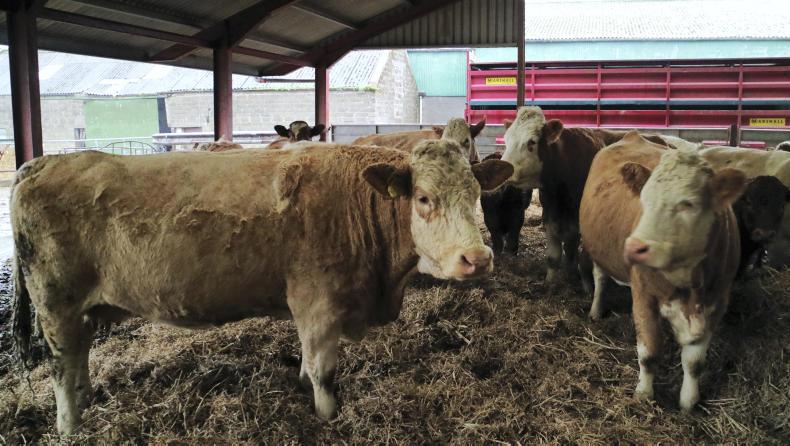
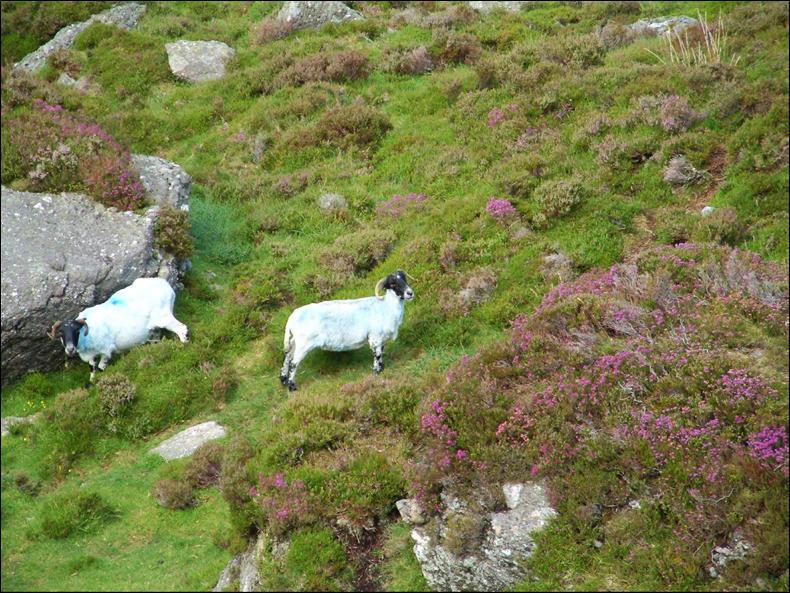

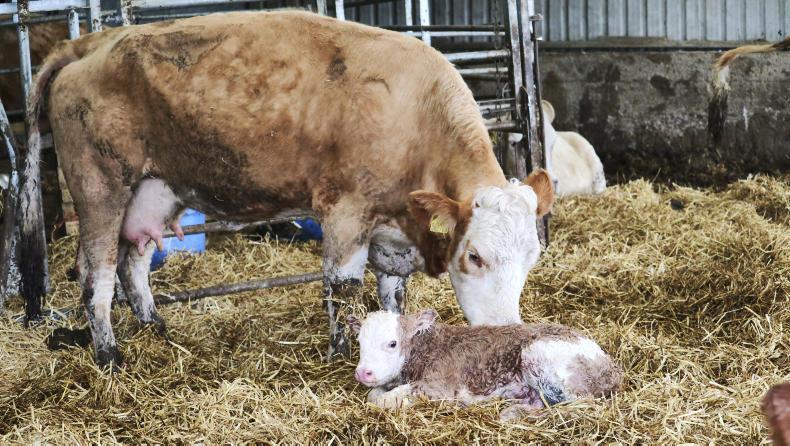
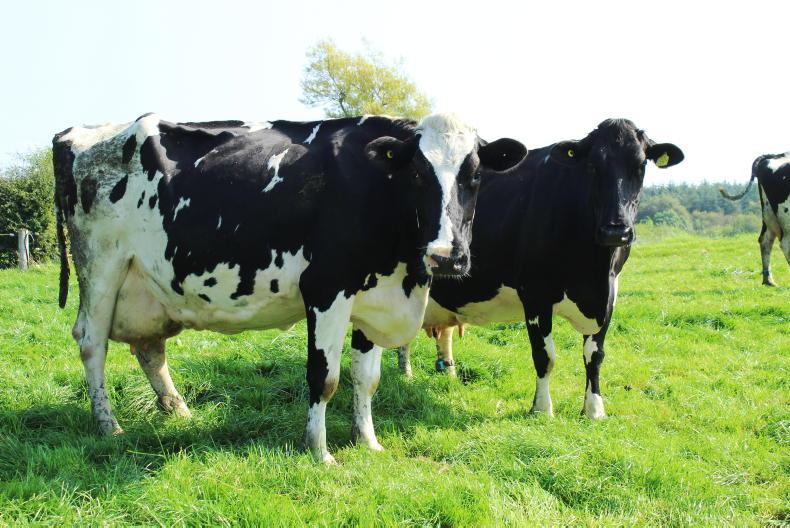
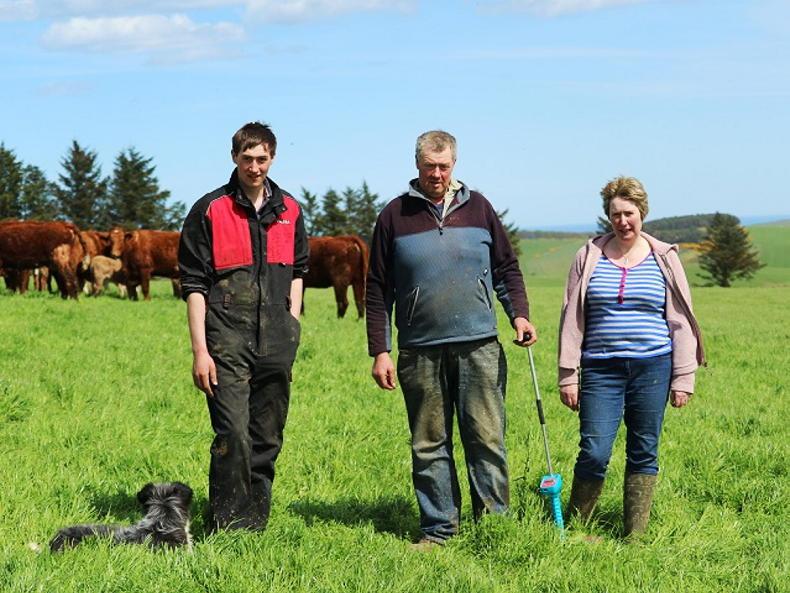
SHARING OPTIONS